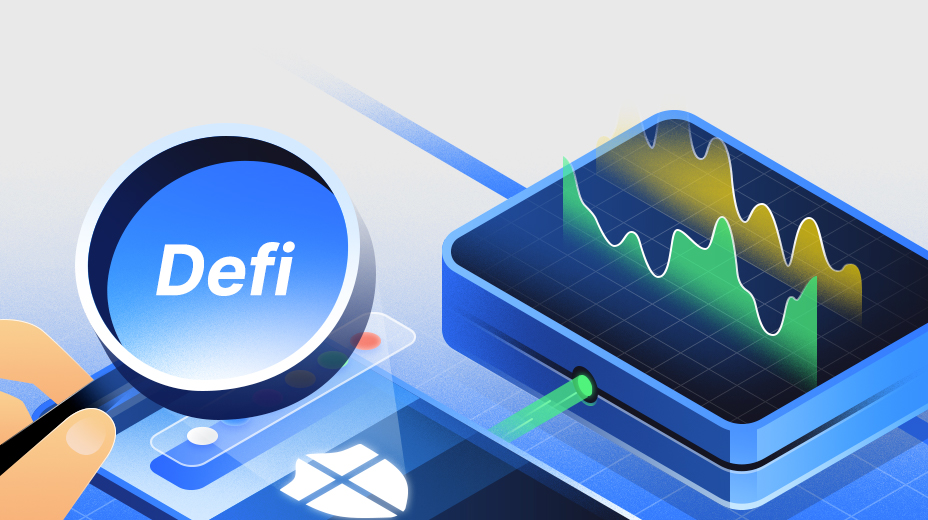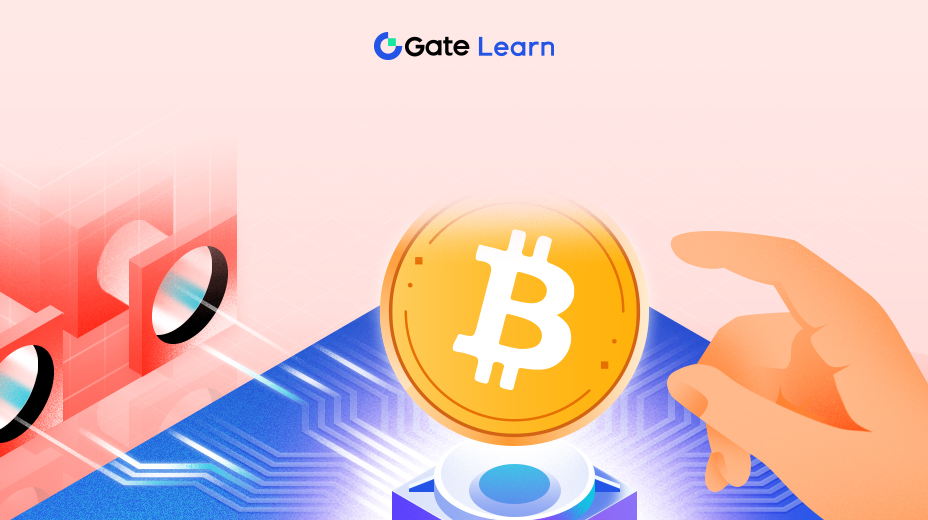Introdução aos principais projetos de PI
Neste módulo, introduzimos alguns dos principais projetos no espaço DePIN, incluindo Theta Network, Render, Holo, Chia e Golem. Vamos fornecer uma visão geral de cada projeto e discutir suas proposições únicas. Este módulo oferece insights sobre como esses projetos exemplificam a aplicação e o potencial das tecnologias DePIN.

A ecossistema de Redes de Infraestrutura Física Descentralizada (DePIN) representa uma abordagem transformadora para o desenvolvimento de infraestrutura, aproveitando a tecnologia blockchain para criar redes descentralizadas e orientadas pela comunidade. Este ecossistema engloba uma variedade de projetos, cada um focado em diferentes aspectos da infraestrutura física. De forma ampla, esses projetos podem ser categorizados em vários tipos, incluindo redes de servidores, redes sem fio, redes de sensores e redes de energia.
- Redes de servidores: envolvem soluções descentralizadas de armazenamento e processamento de dados. Projetos como o Golem exemplificam essa categoria, onde os usuários podem comprar ou vender poder computacional de forma peer-to-peer. Essa descentralização garante o uso mais eficiente dos recursos computacionais e reduz a dependência de data centers centralizados.
- Redes Sem Fio: Projetos como o Helium se encaixam nessa categoria. Eles criam redes sem fio descentralizadas para dispositivos da Internet das Coisas (IoT), utilizando blockchain para incentivar os usuários a configurar e manter nós de rede. Essa abordagem tem como objetivo fornecer uma cobertura de internet mais extensa e acessível, especialmente em áreas carentes de serviços.
- Redes de Sensores: Estas redes concentram-se na coleta e processamento de dados de uma infinidade de sensores, frequentemente utilizados para monitoramento ambiental, cidades inteligentes e tecnologias agrícolas. Ao descentralizar as redes de sensores, a coleta de dados se torna mais robusta, segura e escalável.
- Redes de Energia: Projetos nessa categoria, como os que exploram redes descentralizadas de energia, visam revolucionar a forma como a energia é produzida, distribuída e consumida. Eles permitem o comércio de energia ponto a ponto, permitindo que os indivíduos gerem, armazenem e vendam energia dentro das comunidades locais, levando a sistemas de energia mais sustentáveis e resilientes.
Visão geral dos principais projetos: Rede Theta, Render, Holo, Chia, Golem
A Theta Network é uma rede de entrega de vídeo descentralizada, alimentada pela tecnologia blockchain. Ela aborda os desafios do streaming de vídeo, como baixa qualidade e altos custos, permitindo que os usuários compartilhem sua largura de banda e recursos de computação ociosos. Em troca, os usuários ganham tokens Theta, incentivando a participação e melhorando a qualidade e alcance dos serviços de streaming de vídeo.
Render, outro projeto inovador da PI, revoluciona a indústria de gráficos digitais. Ele utiliza uma rede distribuída de GPUs (Unidades de Processamento Gráfico) ociosas em todo o mundo para renderizar gráficos digitais. Ao aproveitar esse recurso subutilizado, o Render reduz significativamente o tempo e o custo dos processos de renderização, tornando os gráficos de alta qualidade mais acessíveis e acessíveis.
Holo é uma plataforma de hospedagem descentralizada que permite que aplicativos descentralizados totalmente funcionais (dApps) atendam aos usuários da internet convencional. Ele usa uma rede peer-to-peer de hosts que fornecem potência de computação para dApps. Os hosts são compensados em HoloFuel, uma criptomoeda especificamente projetada para microtransações, que alimenta o ecossistema Holo.
A Chia Network oferece uma abordagem inovadora para criptomoedas baseada em prova de espaço e tempo, em vez de prova de trabalho. Isso a torna mais eficiente em termos de energia em comparação com criptomoedas tradicionais como o Bitcoin. A Chia utiliza o espaço em disco não utilizado nos computadores dos usuários para suas operações de blockchain, oferecendo uma forma mais sustentável e acessível de mineração de criptomoedas.
A Rede Golem é um mercado descentralizado de poder computacional. Conecta usuários que precisam de recursos computacionais com aqueles que têm poder de computação ocioso para oferecer. Essa configuração permite uma variedade de casos de uso, desde renderização CGI até computação científica, tornando-se um jogador versátil no espaço de PI.
Compreendendo suas Propostas Únicas
A proposição única da Theta Network reside em sua abordagem para resolver as restrições de largura de banda e recursos na transmissão de vídeo. Ao incentivar os usuários a compartilhar seus recursos sobressalentes, a Theta cria uma rede de transmissão mais eficiente e econômica. Isso beneficia não apenas os criadores de conteúdo e espectadores, mas também aprimora a qualidade geral dos serviços de transmissão em escala global.
O valor único da Render está em sua capacidade de democratizar a indústria de gráficos digitais. Ao aproveitar o poder das redes de GPU distribuídas, ele abre novas possibilidades para criadores de conteúdo, especialmente aqueles que não têm recursos para renderização de alta qualidade. Essa abordagem descentralizada não apenas acelera o processo de renderização, mas também o torna mais acessível, promovendo inovação e criatividade em gráficos digitais.
Holo se destaca por seu foco em preencher a lacuna entre aplicativos descentralizados e usuários da Internet convencional. Ao contrário de outras plataformas que exigem que os usuários sejam especialistas em blockchain, a Holo facilita o uso de dApps de uma maneira amigável ao usuário. Essa acessibilidade é fundamental para sua proposta, pois expande a base de usuários potenciais para aplicativos descentralizados, aproximando-os da adoção generalizada.
A proposição da Rede Chia gira em torno de sua abordagem ambientalmente amigável para a mineração de criptomoedas. Ao utilizar a prova de espaço e tempo, a Chia reduz o consumo de energia associado à mineração, abordando uma das principais críticas das criptomoedas tradicionais. Essa abordagem não apenas torna a Chia uma opção atraente para usuários ambientalmente conscientes, mas também abre a mineração para um público mais amplo com sua menor barreira de entrada.
O ponto de venda único da Golem Network é a criação de um mercado descentralizado de potência de computação. Esse modelo permite que qualquer pessoa monetize seus recursos de computação ociosos, enquanto outros podem acessar potência computacional a taxas competitivas. A flexibilidade da Golem em casos de uso, desde renderização até pesquisa científica, a posiciona como uma solução versátil no espaço de computação descentralizada.
Destaca
- Theta Network é um serviço de streaming de vídeo descentralizado que melhora a qualidade e reduz os custos incentivando os usuários a compartilhar largura de banda e recursos de computação, ganhando tokens Theta.
- Render utiliza uma rede distribuída de GPUs ociosas para renderização de gráficos digitais, reduzindo significativamente o tempo e o custo, e democratizando o acesso à produção de gráficos de alta qualidade.
- Holo fornece uma plataforma de hospedagem descentralizada para usuários de internet comuns, usando uma rede peer-to-peer para alimentar aplicativos descentralizados, com anfitriões compensados em HoloFuel.
- A Chia Network apresenta uma criptomoeda ecologicamente correta baseada em prova de espaço e tempo, usando espaço em disco não utilizado para mineração, oferecendo uma alternativa sustentável aos métodos tradicionais de mineração.
- A Golem Network cria um mercado descentralizado para poder de computação, conectando usuários com recursos de computação inativos com aqueles que precisam, apoiando uma variedade de aplicações, desde renderização CGI até computação científica.





